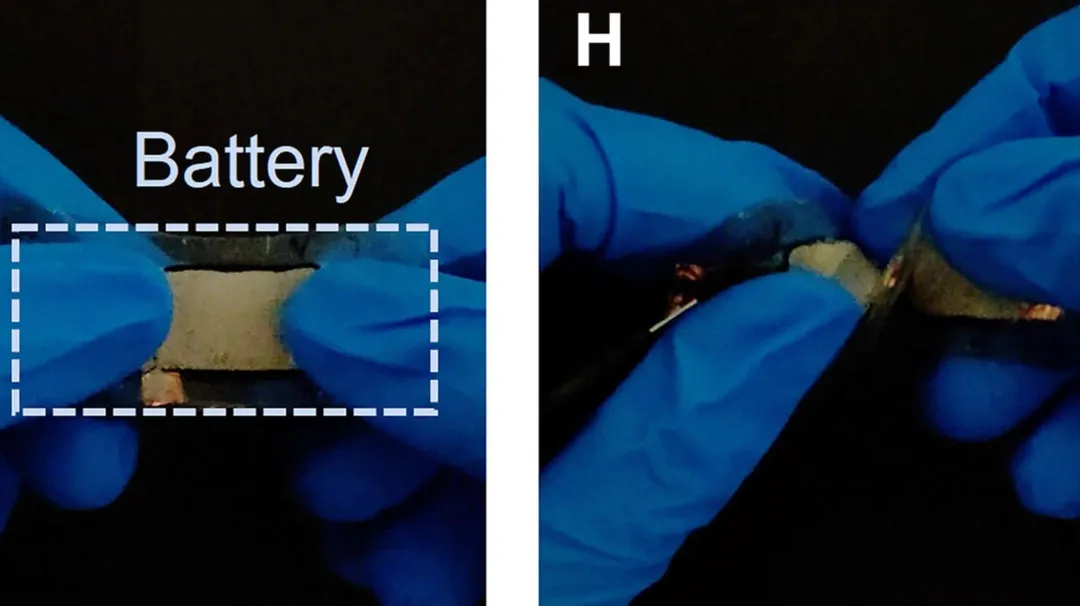
Revolutionary Stretchy Batteries: Powering the Future of Wearable Tech and Robotics
Imagine a battery that can stretch, bend, and even heal itself. This isn't science fiction; it's the reality emerging from cutting-edge research. Scientists are developing **stretchy batteries** that promise to revolutionize wearable technology, medical devices, and even soft robotics. Why is this a game-changer? Because current battery technology limits design and functionality, especially in applications requiring flexibility and adaptability.
One groundbreaking development comes from researchers at Linköping University in Sweden, who have created a battery with a texture "a bit like toothpaste." According to senior author Aiman Rahmanudin, this material can be 3D printed into any shape, opening doors to new types of technology. This flexibility stems from the use of organic materials, specifically modified lignin (a byproduct of paper production), for the active components and silver nanowires and nanographite for conductive parts. This allows the battery to maintain functionality even when stretched to double its length or recharged over 500 times. 
Pragathi Darapaneni, a senior product development engineer at Schaeffler Asia, hails this as a "groundbreaking approach to battery design." The use of fluid electrodes means the battery remains functional even when deformed, paving the way for advancements in wearable and implantable devices like insulin pumps, pacemakers, and hearing aids.
Meanwhile, a team at the University of California, Berkeley, the Georgia Institute of Technology, and the Hong Kong University of Science and Technology are pushing the boundaries even further with a **self-healing, stretchable battery**. This innovative battery utilizes a zwitterionic polymer, allowing it to draw water from the air and release electricity without significant charge loss. A compelling video demonstrates the battery being stretched, twisted, and even punctured while maintaining its function. 
The self-healing capability ensures the battery can withstand repeated cuts and stretching, retaining 90% of its original capacity. Ke Niu, a scientist at the Guangxi Key Laboratory of Optical and Electronic Materials and Devices at the Guilin University of Technology, emphasizes the importance of this durability, stating that wearable devices need to withstand real-world bending and twisting that current batteries often fail to endure.
While these **stretchable battery** technologies are still in their early stages, the potential implications are enormous. Imagine clothing with integrated electronics, soft robots with smooth, natural movements, and medical implants powered by batteries that seamlessly conform to the body. Further research and development are crucial to address potential safety concerns and scale up production for commercial use. The current voltage limitations also need to be overcome to meet the power demands of various devices.
These advancements signal a shift away from the rigid, bulky batteries of the past towards a future where power sources are flexible, adaptable, and integrated seamlessly into our lives. What impact do you think this technology will have on the future of wearable devices and robotics? Share your thoughts in the comments below!